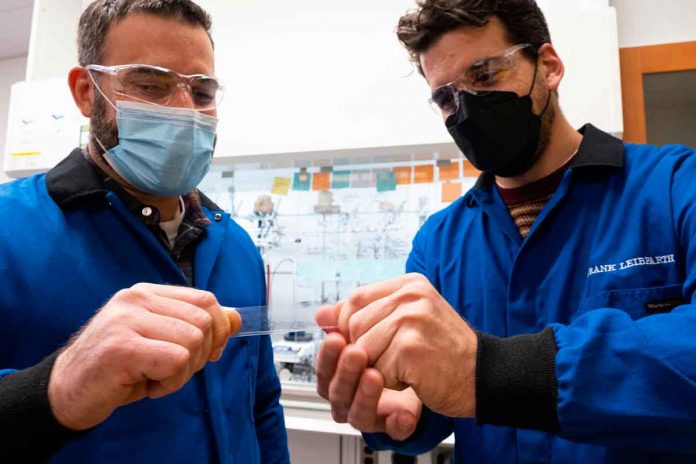United States generates more plastic trash than any other country. According to a 2020 study, about 46.3 million tons of it.
The country’s 9% rate of recycling will never keep up. The chemistry of today’s plastics makes it difficult to recycle. Thermoplastics can be melted down weaken with each re-use. It leads to the real barrier to recycling which is economics.
University of North Carolina at Chapel Hill scientists have discovered a method to break down plastics to create a new material. This material is stronger and tougher than the original. This means that it is potentially more valuable.
Scientists described the approach that could close the loop on plastic recycling. The research paper has been published in the journal Science.
Carbon-hydrogen bonds are the strongest chemical bonds in nature. Their stability makes it difficult to turn natural products into medicines. It is also challenging to recycle commodity plastics.
It can modify the carbon-hydrogen bonds that are common in polymers. The building blocks for modern plastic used in grocery bags. The lifespan of polymers could be expanded beyond single-use plastic.
A newly identified reagent that could strip hydrogen atoms off medicinal compounds and polymers. The UNC chemists were able to make new bonds in places previously considered unreactive.
Turning trash into treasure
Scientists focused on designing polymers that are smarter and more functional.
Scientists developed a super-absorbent polymer with the help of the NC Policy Collaboratory. It is capable of removing dangerous chemicals from drinking water.
Scientists envisioned using the innovative approach to help transform difficult-to-recycle plastic waste into a high-value class of polymers.
They started with plastic foam packaging. They wanted to protect electronics during shipping that otherwise ends up in landfills. High Cube LLC provided samples of post-consumer foam. The foam is made of a low-density plastic named commercial polyolefin.

